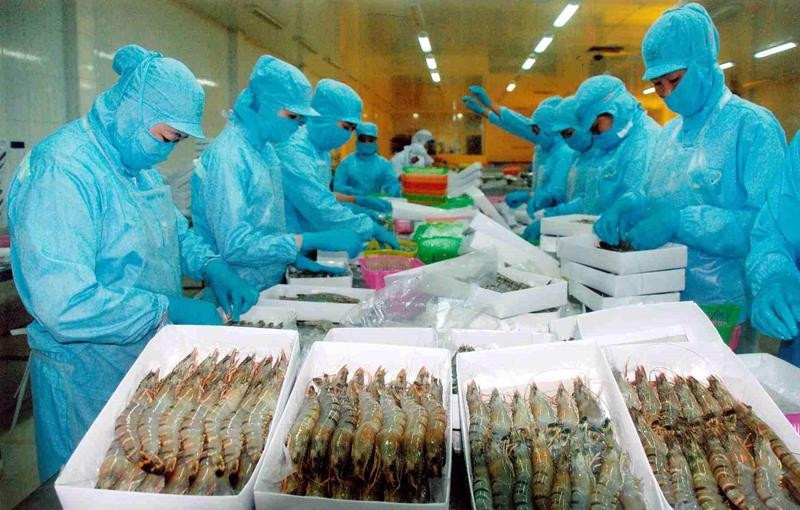

Effective from the end of 2015, the VKFTA has exerted a positive impact on several key Vietnamese export industries, including electronics, textiles, footwear, and seafood.
Since the VKFTA came into force, seafood exports to the RoK have recorded high growth, of which shrimp exports increased by 37%, squid & octopus by 51%, and other fish species (except for tuna and pangasius) by 4%.
Although shrimp has brought about the highest value to the seafood industry, the product exported to the RoK is subject to quotas, making local firms incur significant costs to secure quotas.
VASEP said that the import volume of Vietnamese shrimp into the RoK has far exceeded the approved quota of 15,000 tonnes per year with an import tax of 0%. In fact, Korean importers have been forced to auction for the quota of imported Vietnamese shrimp at a significant cost of between 14% and 16% of the shipment value. This is why the VASEP has proposed removing quotas on shrimp exports to the RoK.
According to a report released by Future Market Insights, Inc, shrimp demand in the RoK is predicted to grow by an average of 8.9% annually in the 2023 - 2033 period as consumers are keen to enjoy healthy and protein-rich diets.
There are plenty of advantages for local firms to boost exports to the market due to close geographical location and stable consumption demand, especially amid global high inflation and Red Sea tensions causing shipping rates to the United States and Europe skyrocket.
Despite facing a number of challenges, the seafood industry last year raked in US$9 billion, just 18% lower than in 2022.
Vietnamese seafood exports are forecast to recover this year, reaching between US$9.5 - 10 billion, of which the shrimp, pangasius, and other aquatic products will gross US$4 billion, US$1.9 billion, and US$3.8 billion, respectively.
Source: VOV